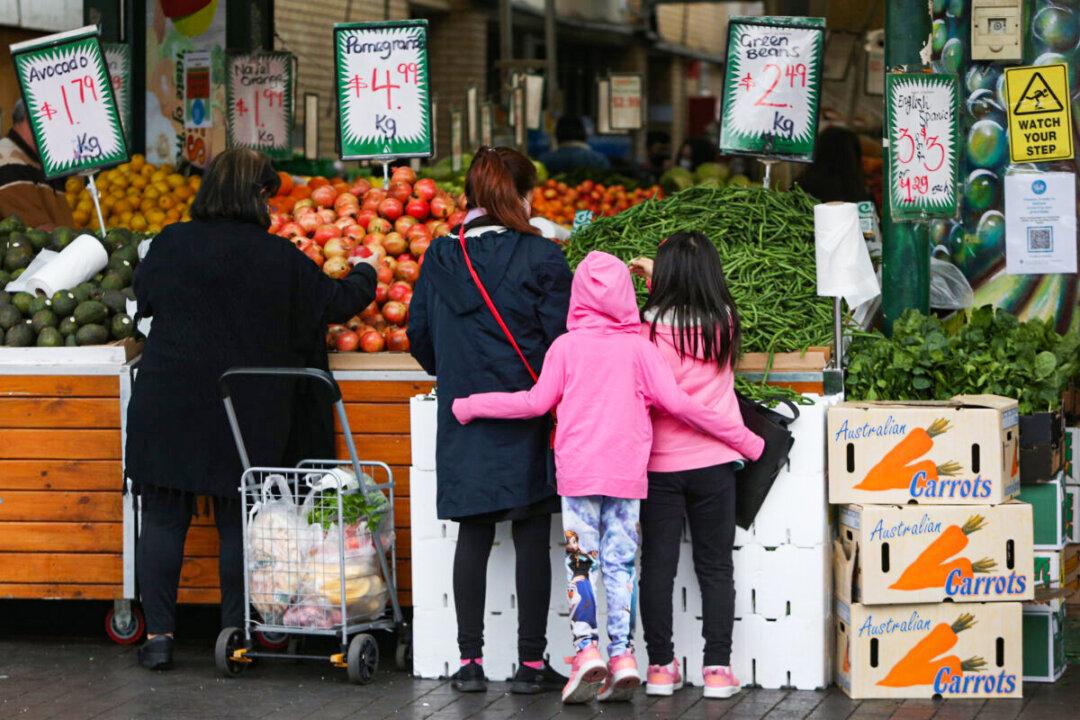After the most recent surge in inflation to 5.1 percent during the March quarter, vastly surpassing expectations, the Reserve Bank of Australia (RBA) has revised its inflation forecast to 6 percent over the second half of 2022.
“As observed in other advanced economies, consumer price inflation in Australia has picked up markedly since the middle of 2021, and the outlook for inflation has again been revised higher,” the RBA said in its quarterly monetary policy statement.





